Rules for Living
Exploring your childhood
The ACT Team are fresh from delivering another 1-day ‘Introduction to the Theory and Practice of Cognitive Behavioural Therapy’ course. As we have come to expect, the participants were a pleasure to work with and the time passed by so quickly.
The course requires participants to examine their own childhood experiences and the resulting self-defeating behavioural patterns. The participants were quick to identify these and also quick to realise that it is not necessarily about completely changing the rules that drive the self-defeating behaviours but just altering, adjusting or updating the rule.
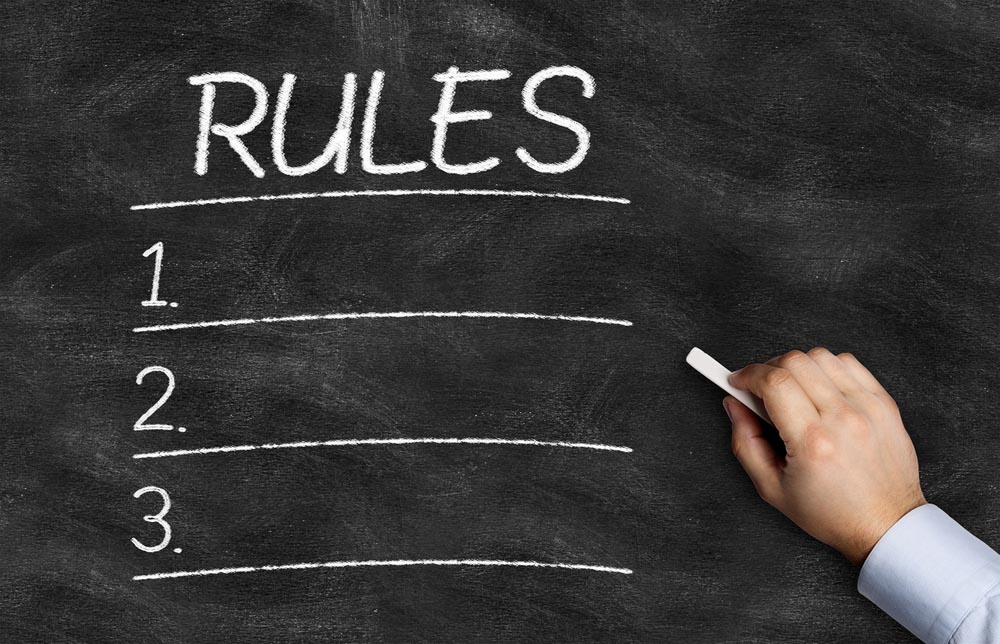
Rules for Living
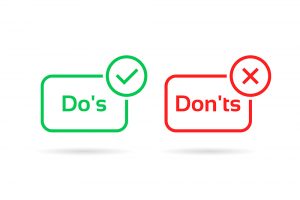
So what do we mean by ‘rules.’ What we mean is ‘Rules for Living.’ A rule for living is the behavioural adjustment that a child makes in order to cope with negative messages that they have internalised about themselves as a result of experiences in the family, classroom or playground. Some examples are outlined below:
Examples of rules:
- If I put other people’s needs before my own then they won’t reject me
- If I worry and expect the worst then I’ll be prepared when it happens
- If I am perfect then I’ll be considered good enough.
- If I keep in control then I’ll cope
- If I keep my emotions to myself then I’ll be seen as strong
- If I hit out then it keeps the aggressors at bay.
- If I keep my opinions to myself then I won’t be humiliated
- If I don’t try then I won’t fail
- If I don’t expect too much of myself then neither will others
- If I avoid intimate relationships then I won’t get hurt
So why not change them?

These are only some examples as there are probably hundreds or thousands of different rules and variations unique to each individual.
So if they are self-defeating then why not change them. Well, the thing with rules is that they can also make us good at what we do. Furthermore, they also shape the contact that we have with other people as we arrange ourselves in certain ways in order to fit together. So really it is about keeping the parts that work and changing the parts that don’t.
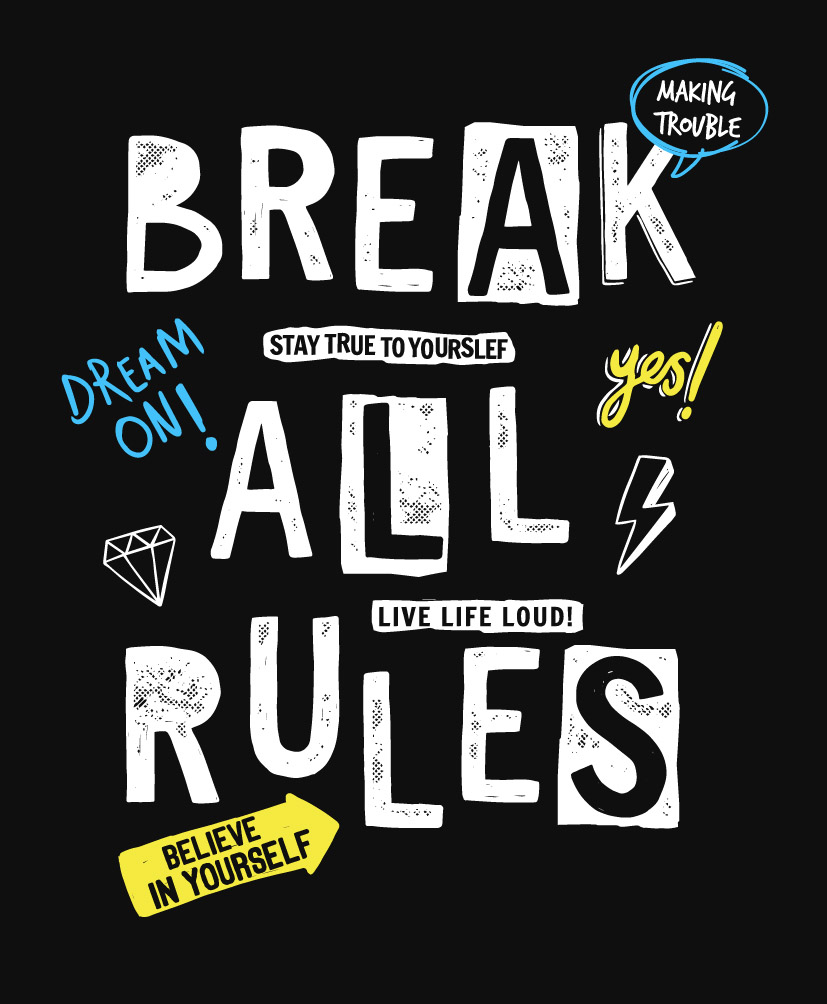
So the person who puts others needs before their own still cares for and helps others but also looks after themself. The perfectionist still has high standards but maybe reduces them by 20% and reduces the time and attention that goes into maintaining them.
Why are they self-defeating?
Why are they self-defeating we hear some of you ask. Well, the perfectionist will never be perfect, the person who self-sacrifices too much will be treated like a doormat by some others and essentially rejected, the worrier will never prepare for all unexpected outcomes and therefore never trusts themself. Again, these are just some examples. The old rules are familiar, habitual, comfortable and hard-wired in the brain. Even though they cause problems, they lie in the unconscious and they are ingrained. In order to alter rules, a person must be able to tolerate a certain degree of discomfort. Rules are like predictions and therefore new predictions must be generated, tested and evaluated.
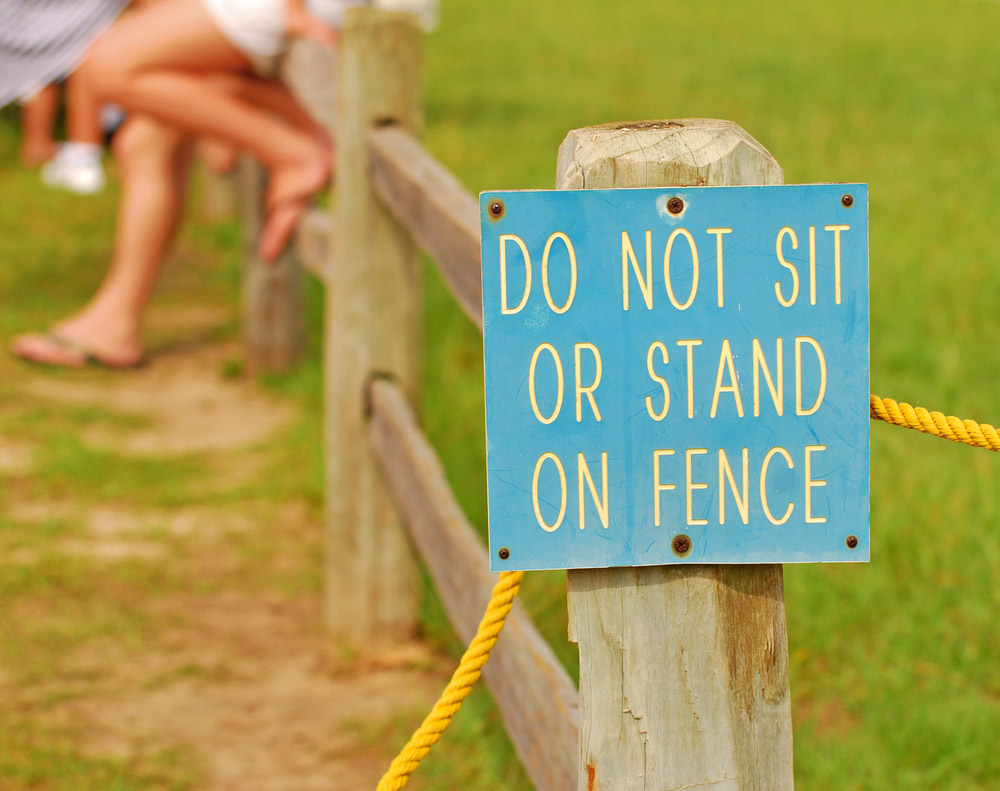
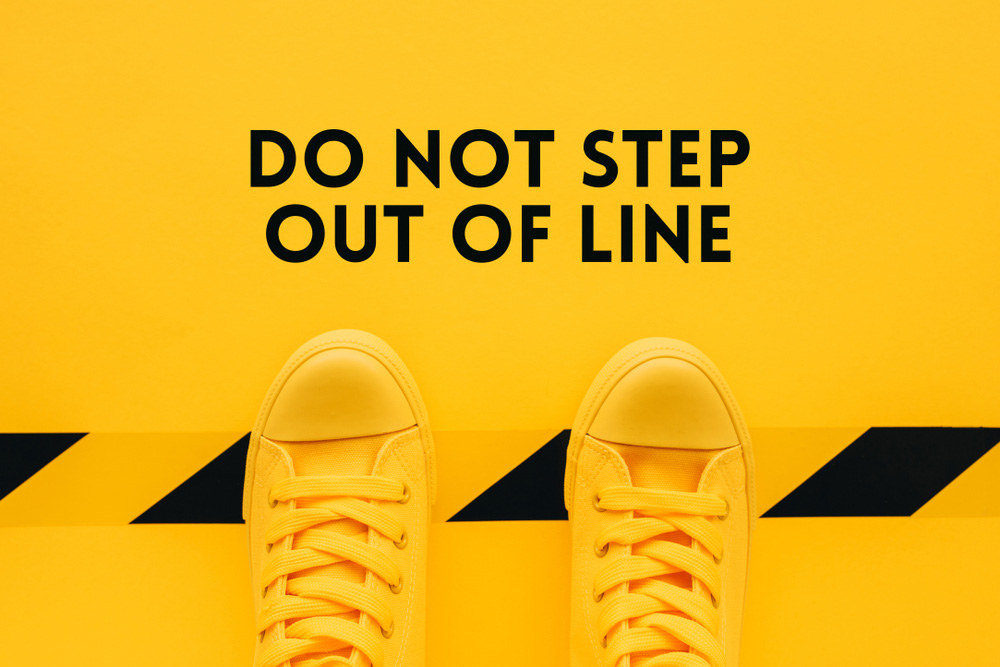
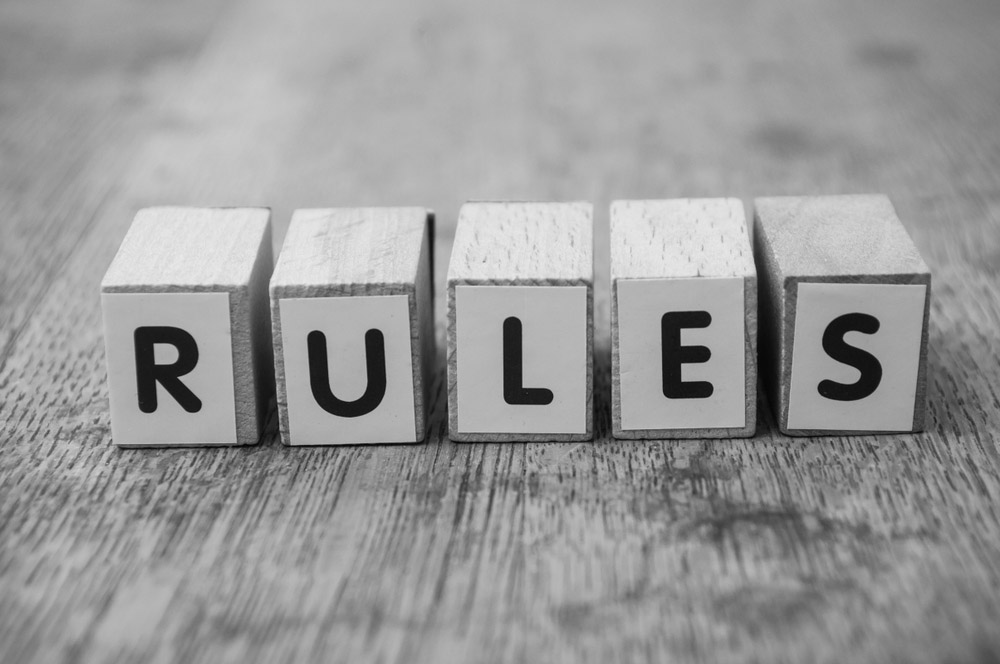
To anticipate and predict
Human beings have an enormous amount of information to process on a daily basis through the senses and belief systems. If every experience was treated as a brand new experience or situation then life would be unbearable. We, therefore, learn to anticipate and predict. These anticipations and predictions are carried in the unconscious mind and enable us to live the majority of our lives on autopilot. Examples of unconscious daily predictions are:
- If I stand on the floor then it will take my weight
- If I push the handle then the door will open
- If I smile at someone then they will smile back
- If I turn the key in the ignition then the car will start
What would or do we do if the predictions outlined above do not work? We have to think in order to generate new ones:
- If I stand only on the beams then I’ll be supported
- If I kick the door down then it will open
- If I smile at most people then they will smile back
- If I phone the AA then they will help me
Therapy and rules
Anything familiar about the structure of the above? Yes indeed, the same structure and exact same concept as ‘Rules for Living.’ We are of the opinion that the vast majority of people referring themselves for therapy, it is because their rules/predictions are either not working, causing too many problems, too exhausting or they have collapsed altogether. So therapy is that time of constructive revision, where the therapist and client collaboratively work together to generate new ones.



The points we want to make
The first point that we want to make is that if the client could have done this for themself then they would not be in therapy. The next point is the importance of a prediction, either positive or negative lying behind any behavioural experimentation. We are probably leaning mostly towards the CBT approach here; it is a scientific approach that sets experiments. An experiment must be testing something, this leads to lasting, enduring and elegant change.
Cognitive Behavioural Therapy
If you are looking for therapists who offer Cognitive Behavioural Therapy for a range of mental health issues you can read more about it on this page. We offer therapy at Act Counselling and CBT Services and are happy to speak with you today should you wish to find out more and book in with one of our therapists. Get in touch with us today via our online contact form or call us on 0141 554 0838.
Get in touch >





